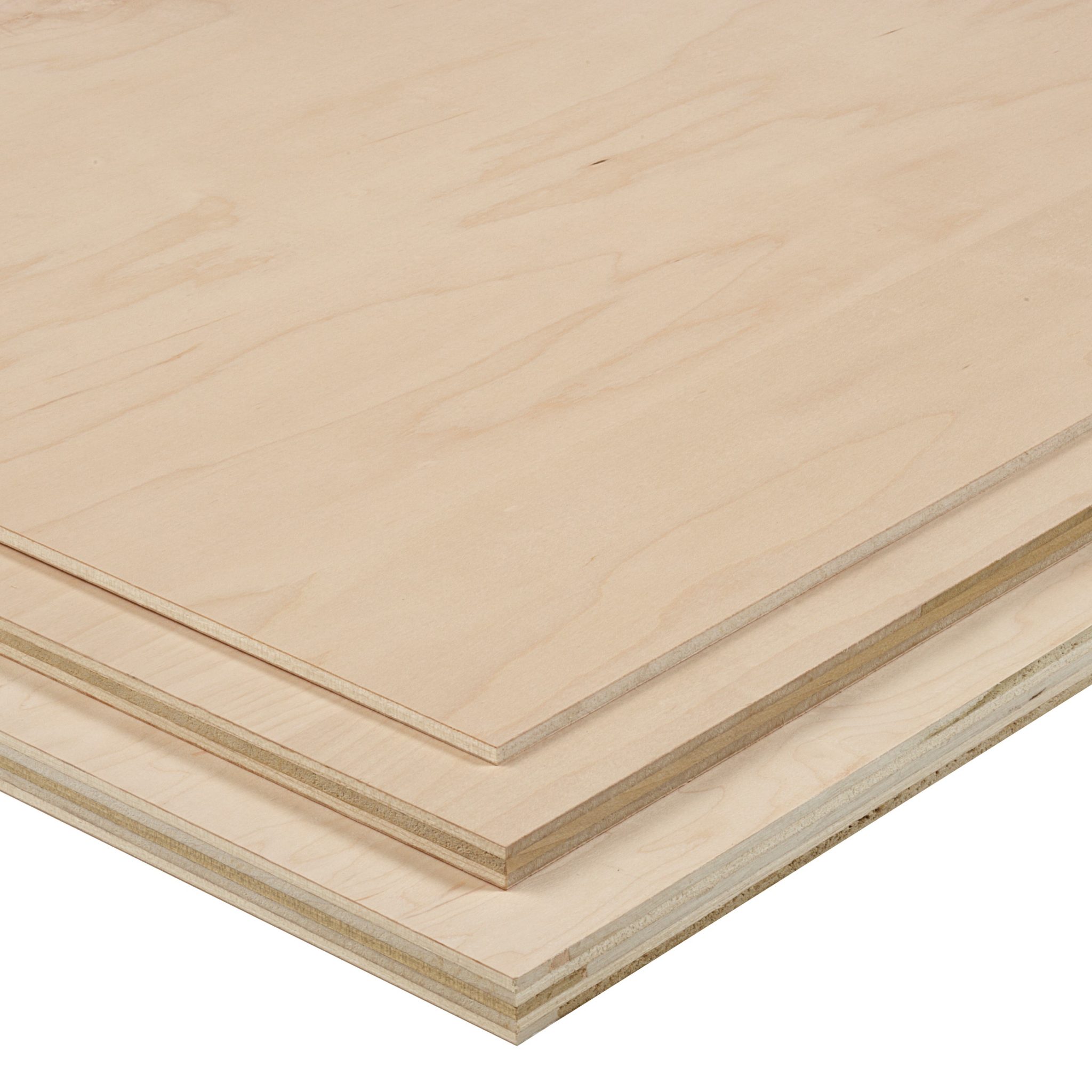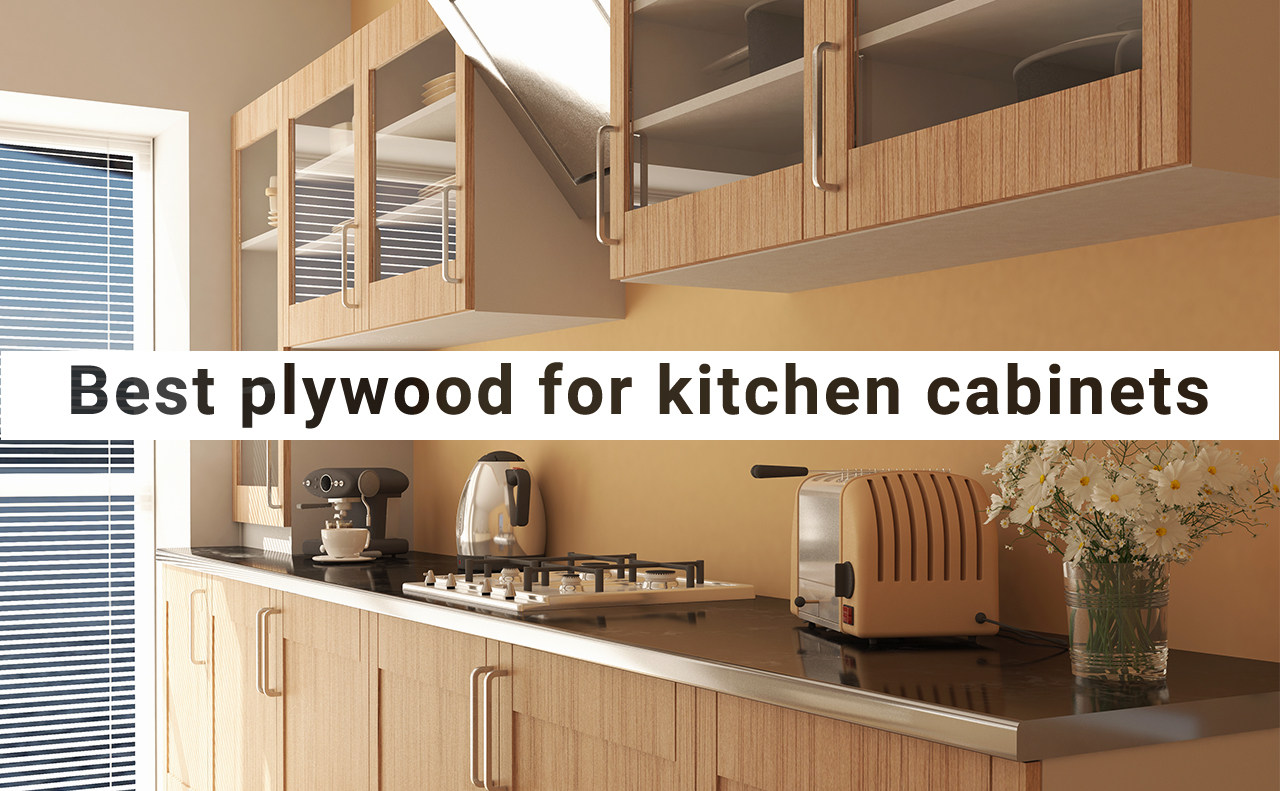Understanding Plywood for Cabinet Construction: Best Plywood To Build Cabinets

Plywood is a versatile material used for various applications, including cabinet construction. Its layered structure provides exceptional strength, stability, and dimensional stability, making it an ideal choice for building sturdy and durable cabinets. Understanding the different types of plywood, their core construction, and grade variations is crucial for selecting the best plywood for your cabinet project.
Types of Plywood for Cabinet Construction
Different wood species are used in plywood production, each offering unique characteristics.
- Birch plywood is a popular choice for cabinet construction due to its strength, durability, and smooth finish. It has a light color and a fine grain, making it suitable for both painted and stained cabinets.
- Maple plywood is another excellent option for cabinets, known for its hardness, strength, and beautiful grain pattern. Its light color and tight grain make it ideal for staining, creating a sophisticated look.
- Oak plywood is a robust and durable choice, often used for cabinet construction due to its distinctive grain pattern and rich color. It is available in both red and white oak varieties, offering different shades and grain characteristics.
Core Construction of Plywood
Plywood is composed of thin layers of wood veneer, glued together with alternating grain directions. This cross-graining construction enhances the plywood’s strength, stability, and resistance to warping and twisting.
- Softwood plywood, commonly used for general construction purposes, often features a softwood core, such as pine or fir. While less expensive, it may not be as strong or stable as hardwood-cored plywood.
- Hardwood plywood, preferred for cabinet construction, has a hardwood core, such as birch, maple, or oak. This core provides increased strength, stiffness, and dimensional stability, making it ideal for cabinets that need to withstand heavy loads and resist warping.
Plywood Grades and Their Applications
Plywood is graded based on the quality of its veneer faces, influencing its appearance and suitability for different applications.
- A/A grade plywood features the highest quality veneer faces on both sides, with minimal knots or imperfections. It is ideal for cabinet doors, drawer fronts, and other visible surfaces that require a smooth, blemish-free finish.
- A/B grade plywood has a high-quality veneer face on one side (A) and a slightly lower quality veneer face on the other side (B), which may have some knots or imperfections. This grade is suitable for cabinet sides, shelves, and other less visible surfaces.
- B/C grade plywood has lower quality veneer faces on both sides, which may have more knots or imperfections. It is typically used for structural applications where appearance is not a primary concern.
Choosing the Right Plywood for Cabinet Projects

Choosing the right plywood for your cabinet project is essential for achieving a durable and aesthetically pleasing outcome. Plywood’s layered construction provides stability and strength, making it an ideal material for cabinet construction. Understanding the different types and thicknesses of plywood available will help you make informed decisions based on your specific project needs.
Plywood Thicknesses for Cabinet Components
The thickness of plywood used for various cabinet components influences their structural integrity and overall appearance. Thicker plywood provides greater strength and stability, while thinner plywood offers a lighter and more delicate aesthetic. Here are some common plywood thicknesses used for different cabinet components:
- Doors: For cabinet doors, a thickness of 3/4 inch (19 mm) is generally recommended. This thickness provides sufficient rigidity to withstand the stresses of daily use and maintain a smooth, flat surface. However, for lighter styles, such as shaker cabinets, a thinner 1/2 inch (13 mm) plywood can be used, as long as it is adequately reinforced with stiles and rails.
- Shelves: Depending on the intended load, shelves can range from 3/4 inch (19 mm) to 1 inch (25 mm) thick. Thicker shelves are recommended for heavier items, while thinner shelves are suitable for lighter items or decorative purposes. For example, a 3/4 inch (19 mm) shelf can support a significant amount of weight, while a 1/2 inch (13 mm) shelf is better suited for lighter items or open shelving.
- Sides: Cabinet sides are typically made of 3/4 inch (19 mm) plywood for structural stability and durability. This thickness provides ample support for the shelves, doors, and drawers, ensuring the overall integrity of the cabinet.
Plywood Types for Specific Cabinet Styles, Best plywood to build cabinets
The type of plywood you choose can significantly impact the final appearance and finish of your cabinets. Different plywood types have distinct grain patterns, surface textures, and properties, influencing the overall aesthetic and functionality of the cabinet.
- Shaker Cabinets: Shaker cabinets are characterized by their simple, clean lines and flat panels. For shaker cabinets, Baltic birch plywood is a popular choice due to its smooth surface and consistent grain pattern, making it ideal for painting or staining. Its veneer layer, which can be sanded smooth, offers a superior finish compared to other plywood types. It is known for its strength and durability, making it suitable for both traditional and contemporary shaker styles.
- Modern Cabinets: Modern cabinets often feature sleek, minimalist designs and bold geometric shapes. For modern cabinets, a veneer plywood with a high-quality veneer is preferred, as it provides a seamless surface for a polished finish. Veneered plywood allows for a wide range of wood species and finishes, offering a versatile option for modern design. For example, walnut or cherry veneers can create a warm and sophisticated look, while maple or oak veneers offer a lighter and more contemporary aesthetic.
- Traditional Cabinets: Traditional cabinets often incorporate intricate details, ornate carvings, and decorative elements. For traditional cabinets, a plywood with a distinctive grain pattern and a rustic appearance is often desired. For instance, oak plywood with a pronounced grain pattern can add a classic and timeless feel to traditional cabinets. Alternatively, cherry plywood can provide a rich, warm color and a sophisticated look, complementing traditional design elements.
Plywood Selection Based on Desired Finish
The desired finish for your cabinets plays a crucial role in plywood selection. Different plywood types respond differently to various finishing techniques, influencing the final appearance and durability of the cabinet.
- Painted Cabinets: For painted cabinets, Baltic birch plywood is an excellent choice. Its smooth surface and consistent grain pattern allow for a uniform and even paint application. The veneer layer of Baltic birch plywood is also less prone to imperfections, resulting in a smoother and more professional-looking paint finish.
- Stained Cabinets: When staining cabinets, consider plywood types with a distinctive grain pattern and a smooth surface. Oak plywood is a popular choice for stained cabinets due to its prominent grain pattern and its ability to absorb stain evenly. Cherry plywood also offers a rich, warm color that complements staining techniques. For a more contemporary look, maple plywood with its subtle grain pattern can be stained to achieve a light and airy aesthetic.
- Veneered Cabinets: Veneered plywood offers a wide range of options for achieving a specific look and feel. The veneer layer can be chosen to match the desired wood species and grain pattern, allowing for a highly customized finish. Veneered plywood is ideal for cabinets that require a high-quality finish and a specific wood aesthetic.
Practical Considerations for Cabinet Building with Plywood

While plywood is an excellent material for cabinet construction, it is essential to be aware of potential issues and employ best practices to ensure a successful project. This section will discuss common plywood defects, proper cutting and edging techniques, and recommended methods for securing plywood panels to create durable cabinets.
Identifying and Avoiding Plywood Defects
Plywood defects can significantly impact the strength and appearance of your cabinets. It is crucial to inspect each sheet of plywood before purchasing it and carefully select panels that are free from major flaws.
- Knots: Knots are areas where branches were present in the original tree. Large knots can weaken the plywood and create an uneven surface. Avoid plywood with large, loose, or numerous knots, especially in areas that will be visible or subject to stress.
- Splits and Cracks: Splits and cracks can occur during the manufacturing process or due to improper handling. These defects can weaken the plywood and make it prone to further damage. Select plywood with minimal splits and cracks, particularly in areas that will bear weight.
- Voids and Gaps: Voids and gaps can form in the plywood core, especially in lower-grade panels. These defects can reduce the strength and stiffness of the plywood. Inspect the edges and faces of the plywood for any noticeable voids or gaps.
- Delamination: Delamination occurs when the veneer layers of plywood separate. This can be caused by moisture exposure or improper handling. Look for signs of delamination, such as peeling or bubbling of the veneer.
Cutting and Edging Plywood Accurately
Accurate cutting and edging are essential for creating precise and professional-looking cabinets.
- Cutting Plywood: A circular saw or table saw is the best tool for cutting plywood. Use a sharp blade and a guide to ensure straight and accurate cuts. Always make test cuts on scrap plywood before cutting your final pieces.
- Edging Plywood: Edging the plywood with a veneer tape or iron-on edge banding provides a finished look and protects the raw edges from moisture and damage. Ensure the veneer tape is applied evenly and smoothly for a professional finish. Use a wood glue for a more secure bond.
Securing Plywood Panels for Durable Cabinets
Strong and durable cabinets require secure joints and connections between the plywood panels.
- Joints: Use strong and durable joinery techniques, such as dado joints, rabbet joints, or mortise and tenon joints, to create robust and secure connections between the plywood panels.
- Screws and Fasteners: Use screws and fasteners that are appropriate for the thickness and type of plywood. Pre-drilling pilot holes will prevent splitting the plywood. Avoid over-tightening screws, as this can also lead to splitting.
- Glue: Use wood glue to reinforce the joints and add strength and durability. Apply a thin, even layer of glue to all mating surfaces before assembling the cabinet.
- Clamping: Clamp the joints securely until the glue dries completely. Ensure the clamps are applied evenly to prevent warping or distortion of the cabinet.
Best plywood to build cabinets – When selecting the best plywood for cabinet construction, factors like durability, moisture resistance, and veneer quality are paramount. While choosing the right plywood is essential, don’t forget to add a personal touch to your cabinetry with decorative elements like riverdale wallpaper for bedroom for a unique and stylish backdrop.
After all, the perfect cabinet should not only be functional but also visually appealing, reflecting your personal style.
When building cabinets, selecting the right plywood is crucial for durability and longevity. For those seeking stylish and efficient storage solutions, IKEA Canada bedroom storage offers a range of options to complement any design aesthetic. Whether you’re building custom cabinets or using pre-made IKEA pieces, the right plywood ensures your storage solutions remain sturdy and functional for years to come.